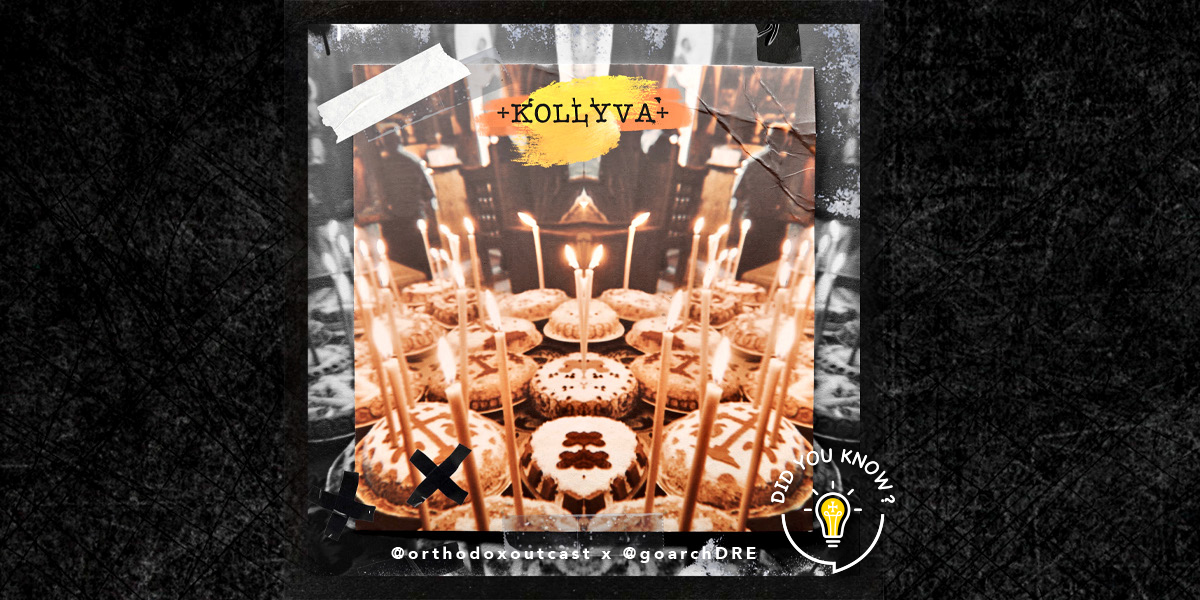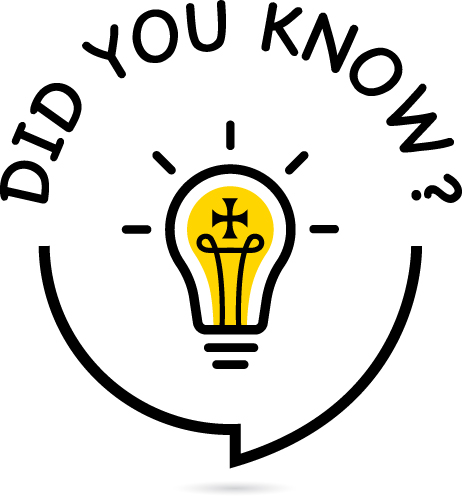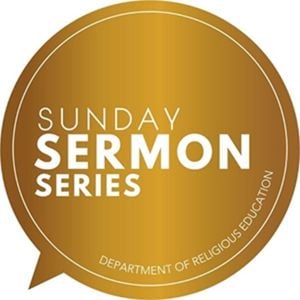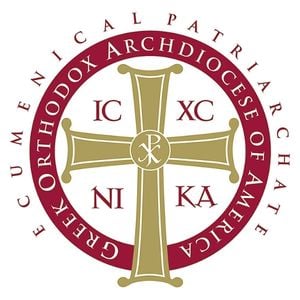DID YOU KNOW?
Department of Religious Education (DRE)
KOLLYVA
March 9
Did you know that kollyva is an image of the resurrection and each ingredient has a special meaning?
Kollyva (Greek: κόλλυβα) is specially prepared boiled wheat that is blessed by the priest and offered by the faithful on behalf of a departed Orthodox Christian in a Memorial Service. Kollyva symbolizes the resurrection of the dead at the Second Coming of Christ.
Recipes vary, but kollyva usually consists of wheat kernels that are boiled until they are soft, which are then mixed with (granulated & powdered) sugar, cinnamon, coriander, cumin, bread crumbs, white Jordan almonds, walnuts, pine nuts, raisins, mint, parsley, and pomegranate seeds.
Wheat is used to symbolize the departed soul seeking resurrection, as Scripture says: “unless a grain of wheat falls into the earth and dies, it remains alone; but if it dies, it bears much fruit” (John 12:24). Whitened almonds symbolize bare bones to remind us that our life on earth is temporary. Spices signify the aromas of this world, and parsley expresses the wish for rest. Nuts represent the life that reproduces and raisins convey the sweetness of life in Christ, who is the vine. The sugar covering symbolizes the sweetness of paradise and the triumph of life, and pomegranates reveal the glory of heaven.
The kollyva mixture is shaped into a mound to resemble a grave and placed on a platter. The surface is decorated with powdered sugar, white Jordan almonds, raisins, or other sweets. A large cross is formed with sweets and on its sides the initials of the departed for whom the memorial is held. A candle is placed in the center and lit at the beginning of the service. The candle symbolizes the Christian illumined at baptism and the light of Christ — the Light of the world to come.
DID YOU KNOW? is your go-to source for concise answers to a wide range of questions about the Greek Orthodox faith. DYK? equips Gen Z and millennials with facts they can trust and easily absorb while scrolling. Clergy, religious educators, and parents can share these nuggets of knowledge with the faithful, students, those inquiring about Orthodoxy, and loved ones.
→ Have a burning question you want DYK? to answer?! Email the Department of Religious Education (DRE) at: [email protected] or DM them on Instagram, X or Facebook: @goarchDRE
Read DYK? in real-time by following the DRE on Instagram, X or Facebook: @goarchDRE











